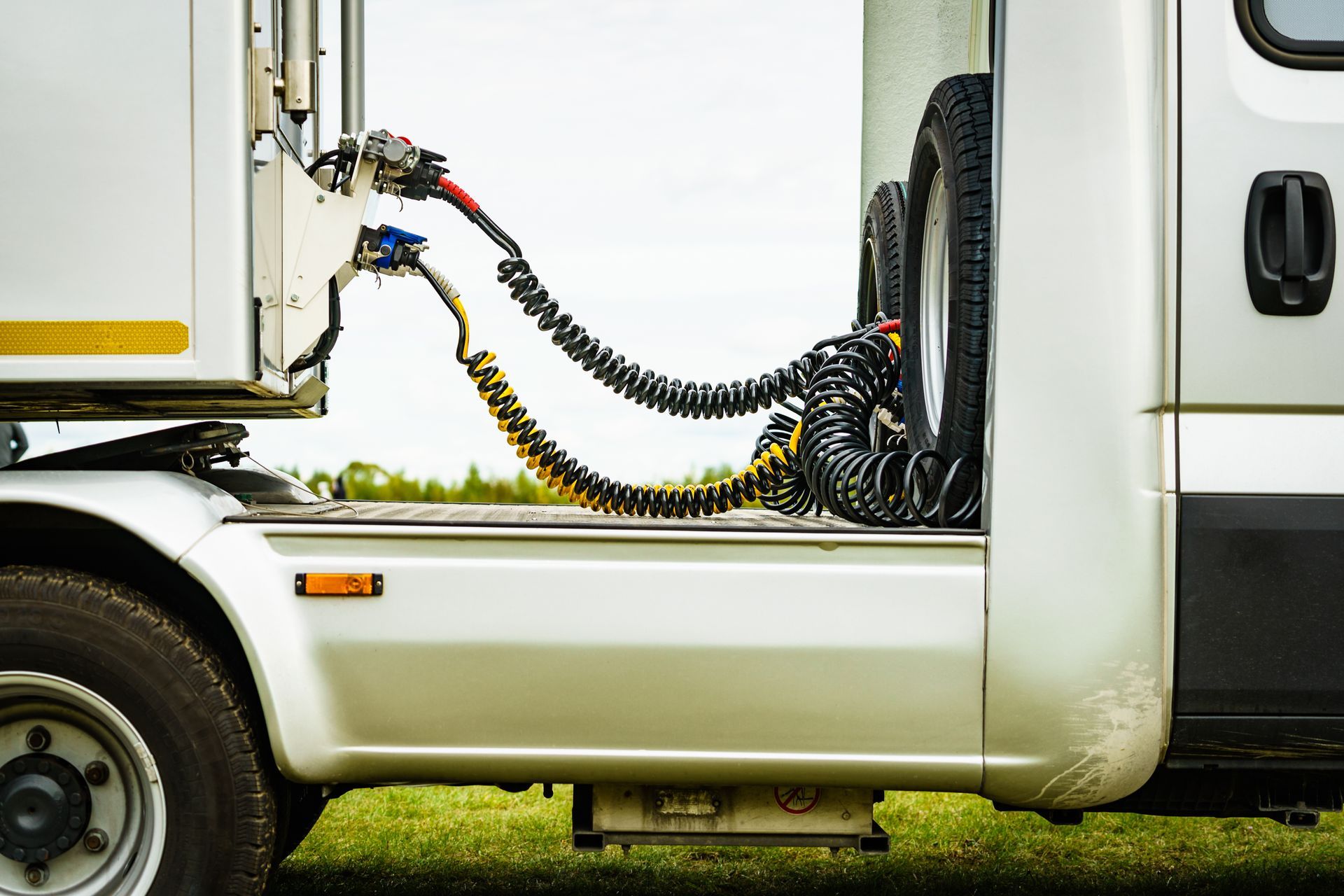Fleet Management Strategies for Small Business Owners
Managing a fleet as a small business owner presents unique challenges that require strategic thinking and practical solutions. With the U.S. fleet management market valued at $10.95 billion in 2024 and projected to reach $25.97 billion by 2031, it's clear that effective fleet management has become increasingly important for businesses of all sizes. Small business owners who master these strategies can significantly improve their bottom line while ensuring reliable service delivery.
Running a successful fleet operation goes beyond simply keeping vehicles on the road. It requires a comprehensive approach that balances cost efficiency with operational effectiveness. For small businesses, every dollar counts, and the difference between well-managed and poorly managed fleet operations can determine long-term success or failure.
Understanding Your Fleet's True Costs
Before implementing any management strategies, you need to understand the full scope of your fleet expenses. Many small business owners focus only on obvious costs like fuel and vehicle payments, but fleet expenses extend far beyond these basics. Vehicle depreciation, maintenance, insurance, driver wages, and compliance costs all contribute to your total cost of ownership.
The key to effective cost management lies in tracking and analyzing every expense category systematically. GPS-powered fleet management systems save transportation operations approximately 54 minutes per day, according to one Motorola study, for a savings of $5,484 per employee. This demonstrates how technology investments can generate substantial returns through improved operational efficiency.
Fuel costs typically represent one of the largest ongoing expenses for any fleet. Smart fuel management involves more than finding the cheapest gas stations. It requires understanding driving patterns, vehicle efficiency, and how driver behavior impacts consumption. Route optimization, regular maintenance schedules, and driver training programs all play crucial roles in controlling fuel expenses.
Maintenance costs can quickly spiral out of control without proper planning. Preventive maintenance programs cost more upfront but prevent expensive emergency repairs and vehicle downtime. Regular inspections help identify potential issues before they become major problems, ensuring your vehicles remain reliable and reducing total ownership costs over time. Having reliable access to quality truck parts ensures you can maintain your fleet without extended downtime.
Building Effective Driver Training Programs
Your drivers are the most critical component of your fleet operation. Well-trained drivers not only operate vehicles more safely but also help extend vehicle life and reduce operating costs. Eco-driving training programs implemented by fleet managers reported a reduction in annual fuel consumption, demonstrating the significant impact proper training can have on your bottom line.
Comprehensive driver training should cover more than just basic vehicle operation. Include modules on fuel-efficient driving techniques, vehicle inspection procedures, customer service skills, and safety protocols. Regular refresher training ensures drivers stay current with best practices and regulatory requirements.
Safety training deserves special attention in any driver development program. According to a 2023 survey by Azuga, 62% of fleet managers cited safe vehicle operation as their top priority, reflecting the growing emphasis on protecting both drivers and other road users. Accidents not only pose serious safety risks but also create substantial financial liabilities through insurance claims, vehicle repairs, and potential legal issues.
Establishing clear performance standards and providing regular feedback helps drivers understand expectations and improve their performance over time. Consider implementing incentive programs that reward safe driving, fuel efficiency, and excellent customer service. Recognition programs can boost morale while encouraging behaviors that benefit your entire operation.
Leveraging Telematics Technology
Telematics systems represent one of the most significant advances in fleet management technology. These systems provide real-time visibility into vehicle location, performance, and driver behavior, enabling data-driven decision making that can transform your operations. Fleet owners who effectively use telematics have reduced fuel costs by as much as 14%, making this technology particularly valuable for cost-conscious small businesses.
Modern telematics solutions offer far more than simple GPS tracking. Advanced systems monitor engine diagnostics, maintenance schedules, driver behavior patterns, and vehicle utilization rates. This comprehensive data helps identify opportunities for improvement across all aspects of your fleet operation.
Route optimization capabilities within telematics systems can significantly reduce travel time and fuel consumption. By analyzing traffic patterns, delivery schedules, and customer locations, these systems can suggest more efficient routes that save time and money. Companies leveraging software can potentially reduce fuel consumption by 5-10% through route optimization.
Driver behavior monitoring helps identify training needs and safety concerns before they become serious problems. Telematics systems can track speeding, harsh braking, rapid acceleration, and excessive idling. This information enables targeted coaching that improves both safety and efficiency while reducing vehicle wear and tear.
Vehicle maintenance alerts ensure you never miss important service intervals. Telematics systems can monitor engine hours, mileage, and diagnostic codes to predict when maintenance is needed. This proactive approach prevents breakdowns and extends vehicle life while ensuring optimal performance. When maintenance is required, having quick access to powertrain parts and other essential components minimizes downtime.
Optimizing Vehicle Utilization
Many small businesses operate with underutilized vehicles, representing a significant opportunity for cost reduction. Proper utilization analysis helps determine whether your fleet size matches your actual needs. Market research suggests that telematics can increase workforce productivity and reduce labor costs by up to 12% through better resource allocation and scheduling.
Start by analyzing usage patterns across your entire fleet. Identify vehicles that sit idle frequently or operate below capacity. Consider whether some routes could be combined or if certain vehicles could handle multiple functions. Right-sizing your fleet eliminates unnecessary vehicle costs while ensuring you maintain adequate capacity for peak demand periods.
Scheduling optimization becomes easier when you have detailed data about travel times, service requirements, and customer preferences. Advanced scheduling software can help maximize productive hours while minimizing empty miles and idle time. This improved efficiency translates directly into better profitability.
Implementing Preventive Maintenance Strategies
Preventive maintenance programs form the foundation of successful fleet management. Regular maintenance not only prevents unexpected breakdowns but also helps maintain fuel efficiency, extends vehicle life, and ensures compliance with safety regulations. Well-maintained vehicles operate more reliably and create fewer disruptions to your business operations.
Develop maintenance schedules based on manufacturer recommendations, operating conditions, and historical performance data. Severe operating conditions may require more frequent service intervals than standard recommendations suggest. Factors like stop-and-go driving, extreme temperatures, and heavy loads all accelerate wear and require adjusted maintenance schedules. Critical components like hydraulic systems need particular attention in demanding operating conditions.
Partner with reliable service providers who understand commercial vehicle requirements. Establishing relationships with qualified mechanics ensures consistent service quality and can provide priority scheduling when urgent repairs are needed. Maintain detailed maintenance records for each vehicle in your fleet to track recurring problems, warranty coverage, and replacement decisions. Regular attention to body and cabin components also helps maintain driver comfort and vehicle presentation.
Managing Replacement Cycles and Strategic Partnerships
Vehicle replacement decisions significantly impact your long-term fleet costs and operational reliability. Develop replacement criteria that balance age, mileage, maintenance costs, and operational requirements. Consider the total cost of ownership when evaluating replacement options, including financing costs, depreciation rates, and expected maintenance expenses over the entire ownership period.
Small business owners can leverage partnerships to access resources and expertise that might otherwise be unavailable. Working with quality suppliers like Legacy Truck Parts ensures reliable access to replacement components when maintenance and repairs are needed. These relationships can provide cost savings, priority service, and technical support that helps maintain optimal fleet performance.
Consider partnerships with other small businesses to share resources and reduce individual costs. Cooperative purchasing arrangements can provide volume discounts on fuel, parts, and services. Technology partnerships can provide access to advanced fleet management capabilities without requiring significant upfront investments through subscription-based services.
Measuring Success and Continuous Improvement
Effective fleet management requires ongoing measurement and adjustment based on performance data. Establish key performance indicators that align with your business objectives and track them consistently over time. Important metrics might include fuel efficiency, maintenance costs per mile, vehicle utilization rates, and safety performance indicators.
Regular performance reviews help identify trends and opportunities for improvement. Monthly or quarterly assessments provide opportunities to adjust strategies based on actual results rather than assumptions. This data-driven approach ensures your fleet management practices continue evolving to meet changing business needs.
The future success of your small business fleet depends on your ability to balance operational needs with cost control while maintaining high service standards. By implementing comprehensive management strategies that address cost control, driver development, technology utilization, and strategic partnerships, you can build a fleet operation that supports sustainable business growth and profitability. Remember that fleet management is an ongoing process that requires regular attention and adjustment as your business evolves and new technologies become available.











